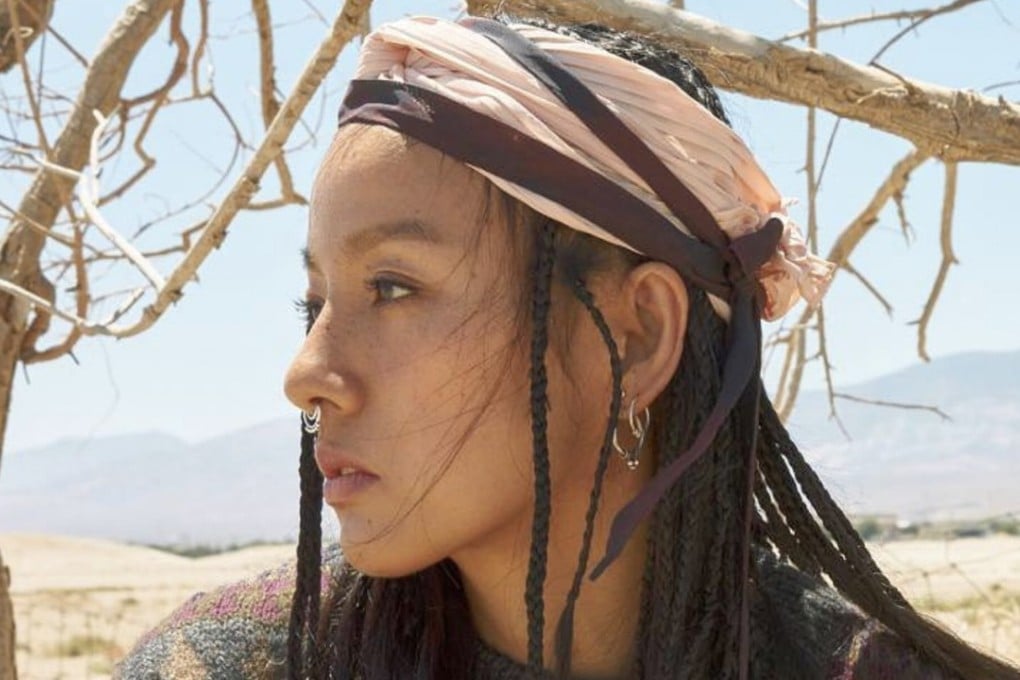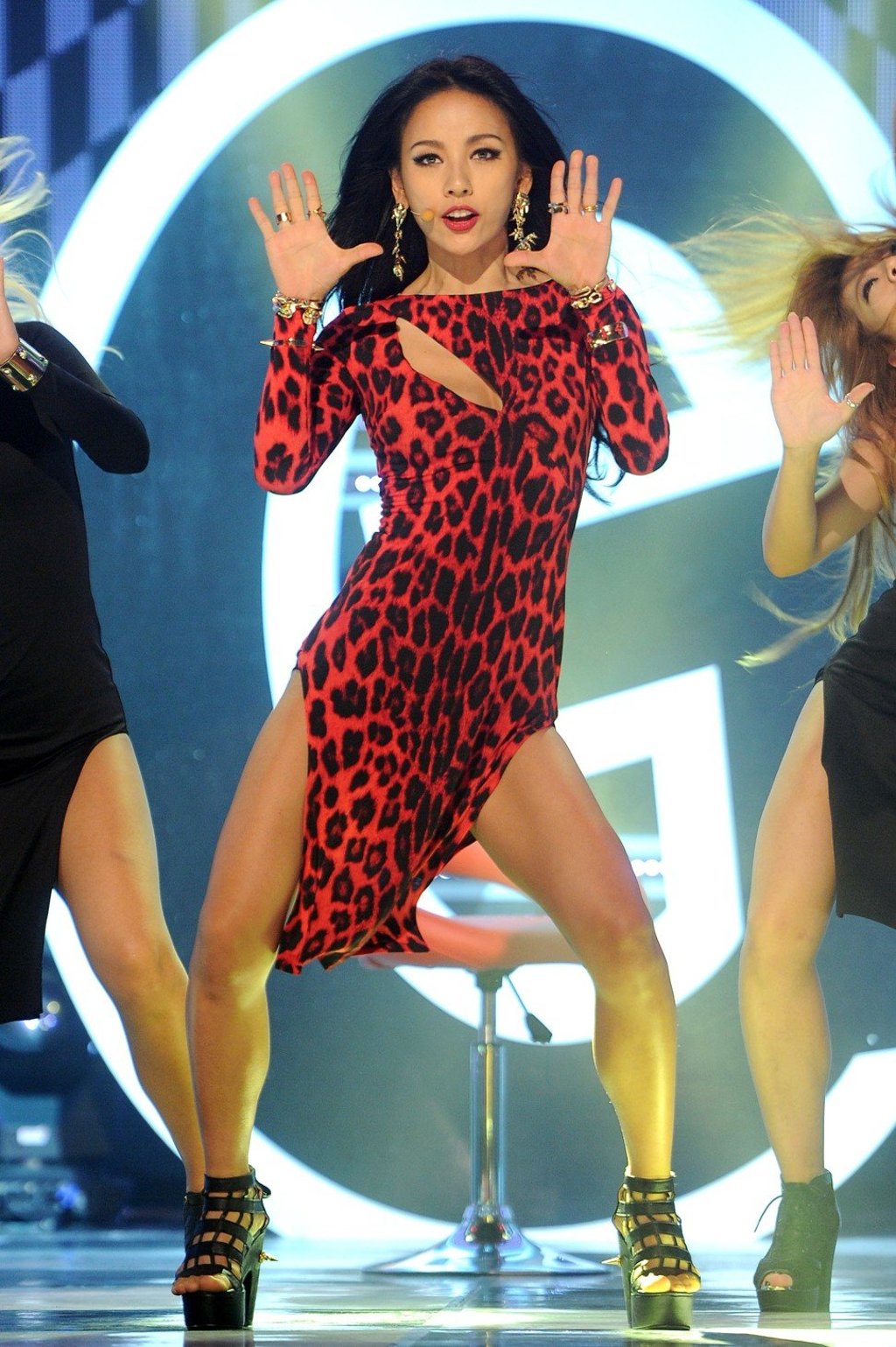Not all white: how K-pop and Asian hip hop made tanned look popular with some subcultures
Many women in East Asia desire pale skin, but a minority have rebelled against this beauty standard, influenced by Chinese rappers, some K-pop stars and mixed-raced influencers – an echo of an older movement in Japan

In East Asia, pale white skin has been considered a beauty ideal for hundreds, if not thousands of years.
Most women in Hong Kong and China grow up hearing ancient sayings like “one whiteness covers three kinds of ugliness” (一白遮百丑 ), which denotes white skin as an important virtue; and “fair, rich and beautiful” (白富美), three traits that define the pinnacle of success.
Neighbouring nations such as Japan, South Korea, Vietnam, Thailand, Singapore, the Philippines and others share similar standards.
Many skincare and beauty products in Asia come with taglines like “Stay White” or “White perfect”. Whitening lines that often don’t exist in the West are launched exclusively in Asia by brands such as Dior, Estee Lauder and Chanel, and whitening-focused skincare labels such as Japan’s SKII and South Korea’s Sulwhasoo.
Pale skin is a beauty goal in many other countries too. The global market for skin lighteners is projected to reach US$31.2 billion by 2024, according to a report released by Global Industry Analysts.
K-beauty: the ugly face of South Korea’s obsession with women looking forever flawless
But a movement is emerging in East Asia in which tanned skin is acceptable, even desirable – thanks, some say, to the rise of K-pop and Asian hip hop. In South Korea, K-pop star Lee Hyori, a member of ’90s girl group Fin. K. L who is regarded as the nation’s pop princess, is often credited with helping popularise tanned skin and making it more acceptable.
